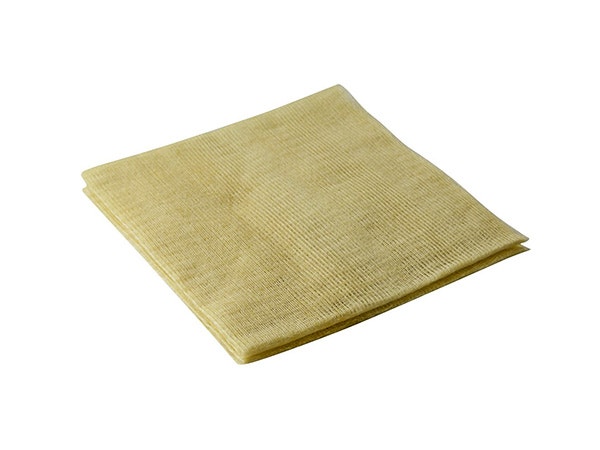How to Remove Dust Before Finishing?
I'd like to know from your woodworking experts whether there is a home concoction one can make up to remove dust from a project just prior to finishing. - Fred Johannes
Rob Johnstone: You can use a cloth that you make damp with denatured alcohol. It will help pick up the dust and will not raise the grain significantly.
Tim Inman: Woodworking and wood finishing textbooks all offer recipes for homemade "tack" cloths. Usually, they use some varnish or oil such as linseed or tung diluted with mineral spirits to moisten the lint-free cloth. Actually, any oily substance compatible with your topcoats and stains would be fine. A cloth simply dampened with water works, too. Don't overthink this. It's just a dust cloth.
If you do decide to make up your own tack cloth, keep it sealed in a fireproof container, or better yet, dispose of it immediately after use - in a FIREPROOF container. Oils, especially linseed oil, can oxidize and generate enough heat to ignite on their own. BE CAREFUL. Commercially made tack cloths are usually made sticky with waxes. I personally don't like to use these. If the duster (me) is heavy handed (I am), the wax can be rubbed off the cloth and onto the wood, where it can cause problems in both staining and finishing.
Chris Marshall: I've used both denatured alcohol and mineral spirits to dampen an old cloth for wiping away dust. The alcohol dries much faster than mineral spirits, so that's what I prefer. Neither of these solvents will raise the wood grain. But, honestly, I'll often just pull my compressed air hose outside and blow the dust off that way, then skip the cloth altogether. All three approaches seem to work fine for me. I don't use tack cloths that contain varnishes or oils.
Keep the inspiration coming!
Subscribe to our newsletter for more woodworking tips and tricks




